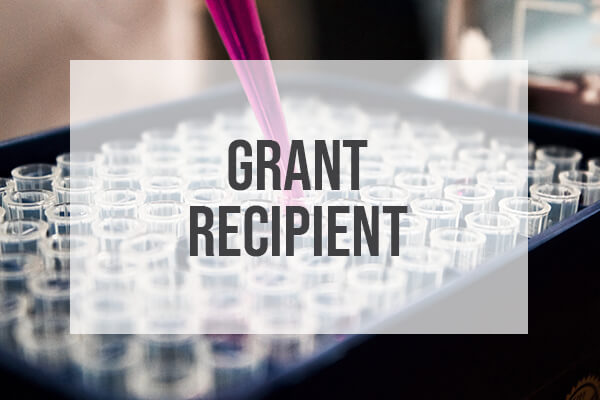Waikato Medical Research Fund Grant Application
Our preliminary work with the retinal ischaemia reperfusion model in the rabbit eye
encouraged us that we had a reliable model, albeit based on a very small number of
animals (for cost reasons).
We also wished to investigate the potential to improve the study by implanting NTCELL
prior to the ischaemia reperfusion injury. This was hypothesized to allow the NTCELL to
‘acclimatize’ and be fully functional prior to the retinal injury.
Unfortunately, after a considerable amount of work, we have come to the conclusion that
the retinal ischaemia reperfusion model in the rabbit is unreliable. Our initial results
suggesting it was very reliable were not confirmed when we used more animals. With
more animals we found that the rabbit eye to have a propensity for recovery from an
ischaemia reperfusion injury equal to or in excess of those published. We looked at
controlling other potential factors such as the age of the animal, without success.
Furthermore, it would appear that the publication we used for our methods likely
contains false data. In retrospect this publication is contrary not only our findings but to
comparable data in humans. From a statistical perspective the data in the reference
paper are very unlikely to be correct – the data are too good to be true.
We did also complete limited work on the concept of pre-implantation. This work
suggested that NTCELL are adversely affected by the period of high intraocular pressure
required for inducing a retinal ischaemia reperfusion injury.
Due to the problems experience with the model we did not proceed with all tissue
analysis. We did limited vitality testing of retrieved NTCELL with useful information
gained. We did undertake some preliminary histology. We had some work done by the
histology laboratory at Auckland Medical School. This involved gaining experience with
normal rabbit eyes and then moving on to some of the study eyes. However we
discontinued histology analysis once was obviously model would not work. For the same
reasons no vitreous analysis was performed. No work analysis of the lenses was
performed (although these had been collected and stored).
In contrast to the rabbit it is very well established that the rat retina ischaemia
reperfusion model is reliable. I have previously done some work with rat but as the lens
fills all but 0.2 ml of the rat eye this is technically very difficult and impractical for
implantation of NTCELL. That was why we moved to the rabbit eye. I am currently
revisiting the possibility of using the rat and have commenced preliminary work on
developing an aphakic (lens removed) rat. This will create sufficient space for
implantation of NTCELL. However, there are some difficulties with this. Removing 95% of
the eye volume is a major insult and I am currently looking at ways to improve recovery.
Should we obtain a successful aphakic rat eye then the retinal ischaemia reperfusion
model has been used successfully by Prof Colin Green in Auckland. This would allow me
to tap in to local experience for a reliable aphakic rat retinal ischaemia reperfusion model
that can be used to assess NTCELL intraocular implantation. We are also commencing
some work assessing the effects of the neonatal Auckland Island pig choroid plexus
secretome (as opposed to NTCELL implantation per se) on a model of retinal
degeneration.
There is still very good reason to believe that choroid plexus secretome and/or
intraocular NTCELL will protect from retinal degenerative disease. This is because of the
work done using NTCELL on models of three CNS degenerative diseases and clinically
on Parkinson’s disease. There has been further progress using NTCELL brain
implantation for human CNS degenerative disease – late stage Parkinson’s disease. Two
successful human implants have been performed in Auckland and another two patients
will be implanted shortly to complete the phase 1 trial. As the retina is CNS tissue the
potential for translation of CNS preclinical and clinical work to retinal disease is
conceptually appealing.
I know that there has been concern expressed by the medical committee regarding the
possibility of transmitting disease from pig to other species via xeno-transplantation of
pig choroid plexus. Following your request for clarification we provided supplied further
information regarding the measures that have been taken to address this issue. I would
like to reiterate that there has been both extensive work done to confirm that the
Auckland Island pig is free of disease and extensive review of this work by a number of
regulatory and ethical bodies prior to the commencement of clinical programs for both
the islet cell implant (DIABECELL) for diabetes which is now in phase 3 trial and the
choroid plexus cell implant (NTCELL) program which is now in phase 1 trial for
Parkinson’s disease.
Would you like to support the work of the Foundation?
Contact us for more information, or simply make a donation.




